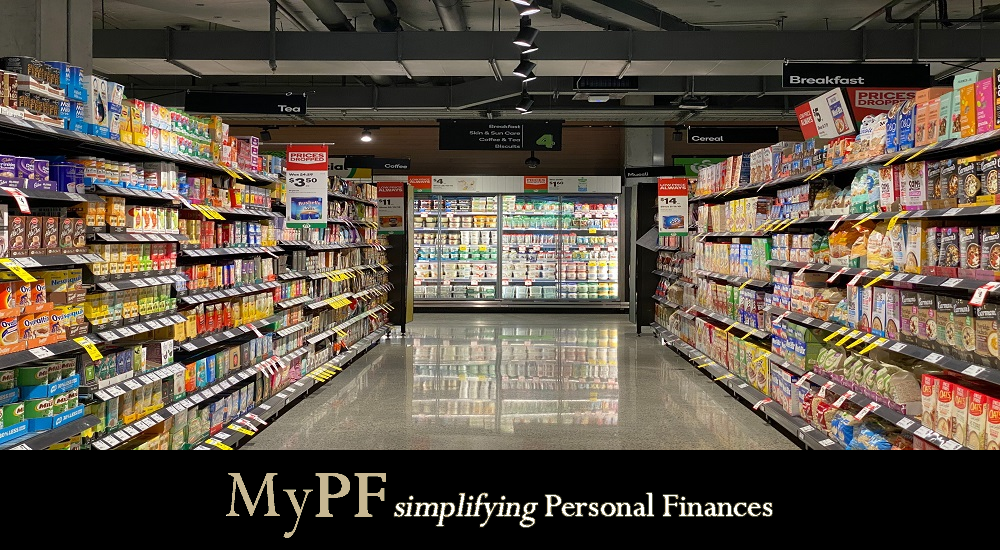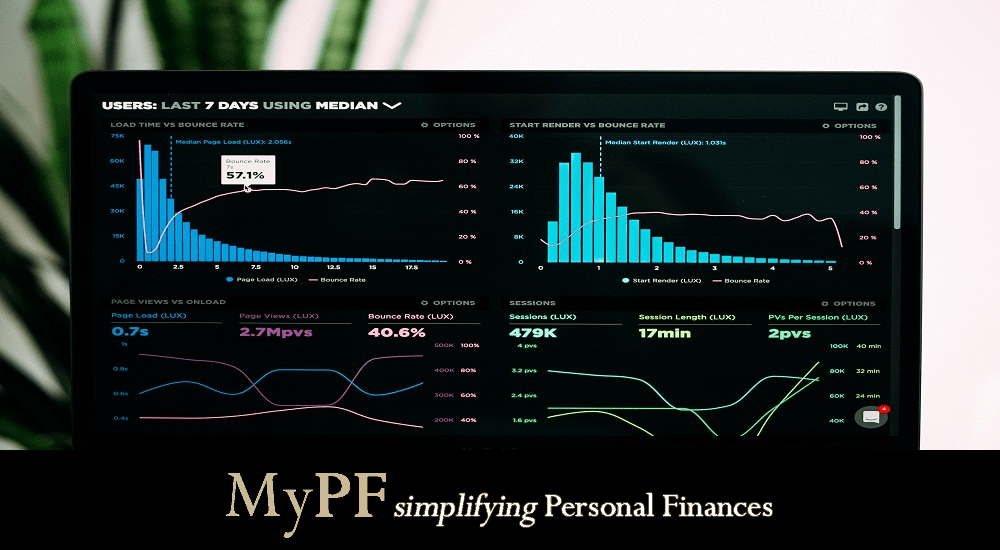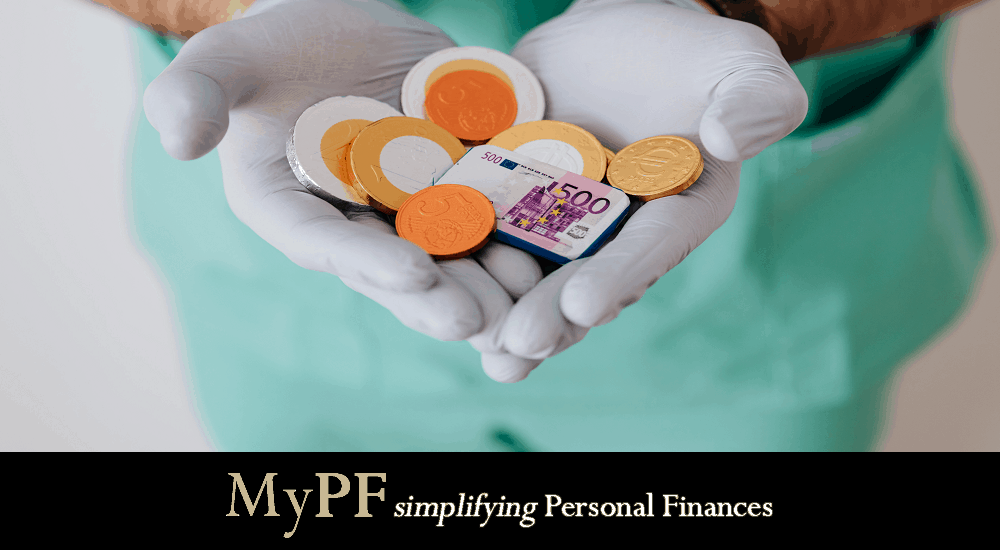Feeling the pinch of high prices? How much more expensive have things gotten?
High prices or inflation are dominating the headlines these days as Malaysians grapple with higher cost of living.
From groceries to going out, many of the things today are more expensive when compared to a year or two ago. Hence, how much has cost of living increased for you? Find out more below on how much some of the key spending have increased since 1993.
Contents
Our Data Sources
We will be utilising data obtained from the Household Expenditure Survey published by the Department of Statistics (DOSM). DOSM surveys Malaysian households about once every 2 to 3 years with the previous surveys done in 2016, 2014, 2010, 2005, 1999, and 1994.
DOSM publishes a detailed breakdown of what households spend on which includes:
- Food and Beverages
- Alcoholic Beverages and Tobacco
- Clothing and Footwear
- Housing, Water, Electricity, Gas and Other Fuels
- Healthcare
- Transportation
- Communication
- Recreation Services and Culture
- Education
- Restaurants and Hotels
- Miscellaneous Goods and Services
We will be focusing mainly on communication, housing, restaurants & hotels, healthcare, and groceries as they are considered the key spending by Malaysians from 1993 to 2019 (latest data available to date).
#1: Communication (Internet and Phone)
The highest increase in cost of living for an ordinary Malaysian is communication, that is your internet and phone bills. Back in 1993, Malaysians only spent about RM24 per month or 2.1% of their total spending on phone bills. The internet age had not yet arrived then in Malaysia, and most Malaysians were still using the landline telephones.
Fast forward to 2019, that cost has grown by 9.5 times to RM229 per month, or 5% of total spending. Two things have happened – the internet and mobile phones.
Nowadays, Malaysians spend at least RM89 per month for the lowest speed of 30 Mbps and a maximum of RM349 per month for the highest speed of 800 Mbps for home broadband internet. According to Numbeo, Malaysia was at the 60th position for the most expensive internet in the world out of 105 countries.
Mobile data and line have also increased the amount that Malaysians spend. In this regard, mobile data is generally considered cheap in Malaysia, ranking at 46th position for the cheapest cost for 1GB of data.
#2: Housing, Water, Electricity, Gas & Other Fuels
This segment includes the amount that Malaysians spend on housing, water, electricity, and gas, and does not include the amount spent on transportation. The amount that Malaysians spend on these items have increased by 4.4 times from RM245 per month in 1993 to RM1,068 per month in 2019.
That percentage to total spending hasn’t changed much, growing from 21.1% in 1993 to 23.6% in 2019.
As house prices in Malaysia have grown quite sharply in the early 2010s, the amount of rent Malaysians pay have also increased. Electricity on the other hand are dependent on the prices of natural gas, crude oil and coal. In 2019, natural gas was the biggest source of energy at 42.9% of total energy supply, followed by crude oil (29.2%) and coal (24.4%).
#3: Restaurants and Hotels
Eating out has become more of a norm for Malaysians in this day and age. Going on vacations have also become more of a necessity for working people needing a break. Spending on dining out and hotels have increased by 4.4 times from RM145 per month in 1993 to RM631 per month in 2019.
The percentage of spending on dining out and hotels to total spending increased from 12.5% in 1993 to 13.9% in 2019. Almost one-third of Malaysians eat out at least 2 days a week according to Oppotus. with an average Malaysian eating out 15 times a month.
Hotel spending on the other hand is dependent on how much Malaysians travel domestically and internationally. In 2019 before the pandemic, an average Malaysian took at least 1.4 trips every year, and Malaysians spend an estimated RM103.2 billion or RM3,225 per Malaysian for the year. With the international borders reopening in 2022, expect to spend more as you plan your next trip, whether overseas or domestically.
#4: Health
As Malaysians work harder and longer in today’s world, medical cost has increasingly become a main concern for many. Malaysia has one of the highest diabetes prevalence rate in the world, with health complications such as heart disease being the number one cause of death in Malaysia. Spending on health has increased by 4.4 times, from RM21 per month in 1993 to RM95 per month in 2019.
While RM95 per month might seem low, healthcare is practically free in government hospitals for Malaysian citizens. Meanwhile, many employers do provide group insurance coverage for private healthcare services, although this probably only covers the routine cost associated with common illnesses like fever, cough, and others.
#5: Groceries and Non-Alcoholic Beverages
This might come as a surprise, but groceries and non-alcoholic beverages had the lowest increase in spending since 1993. Spending on groceries increased by 2.8 times, from RM276 per month in 1993 to RM783 per month in 2019. Mostly, Malaysians nowadays spend more on fish and seafood at RM169 per month, followed by meat at RM109 per month and bread & other cereals at RM108 per month.
While food prices especially chicken and eggs have increasingly become more expensive, Malaysians are actually spending less on groceries and non-alcoholic beverages as a percentage of total spending. Percentage of spending on groceries has decreased from 23.8% in 1993 to 17.3% in 2019.
However, that reduced percentage could be due to higher spending on eating out. Even when spending on groceries is added together with eating out, that percentage has still declined from 35.6% in 1993 to 30.6% in 2019.
Conclusion
All in all, Malaysians spending has roughly quadrupled, from RM1,161 per month in 1993 to RM4,534 per month in 2019. Among the key spending here, communication, housing, water and electricity experienced the highest spending increases, with groceries spending actually having the lowest increase.
Let us know in the comments below what are you spending the most on now!











Leave A Comment